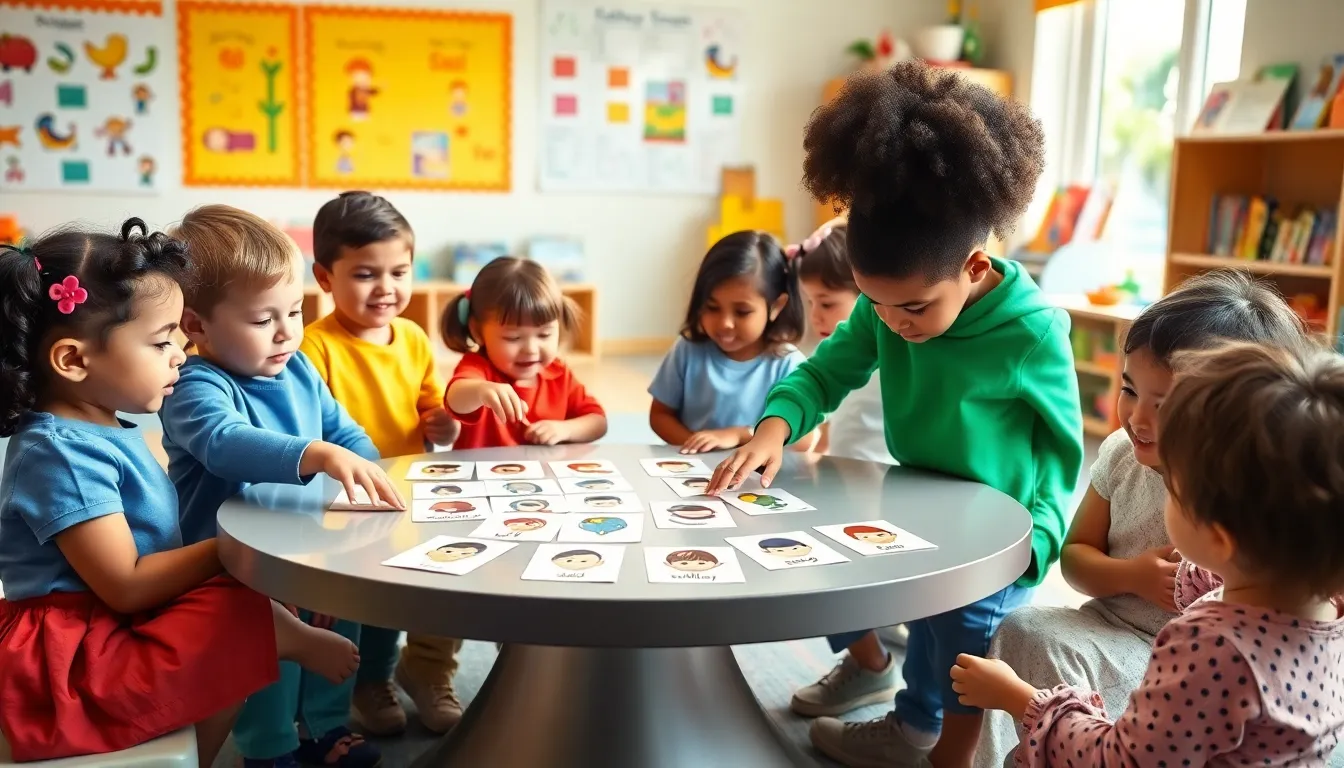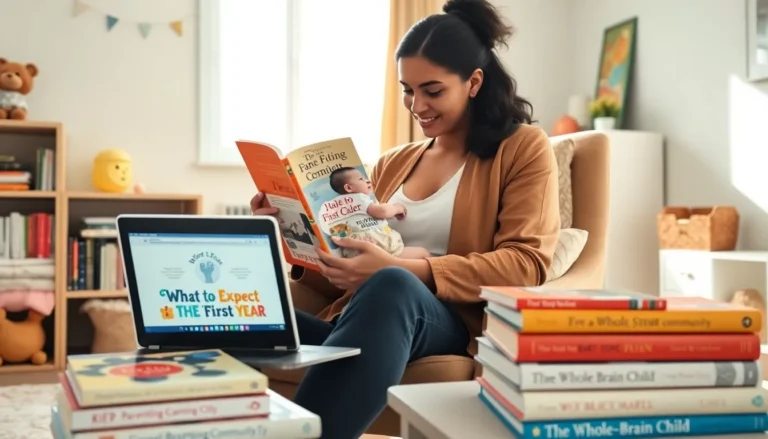Table of Contents
ToggleWhen it comes to childhood, emotions can be as confusing as a puzzle missing a piece. Wouldn’t it be great if there were fun ways to help preschoolers navigate their feelings? The good news is there are plenty of printable emotions activities designed just for them. With these engaging resources, teachers and parents alike can foster emotional intelligence while keeping the learning light and enjoyable. Let’s jump into the world of feelings and find the perfect activities to keep those little preschool hearts happy and informed.
Understanding Emotions in Early Childhood

Understanding emotions in early childhood is essential. While children might not have the vocabulary to express how they feel, they experience a full spectrum of emotions just like adults do. From sheer joy to deep sadness, these feelings influence how they interact with others and approach challenges. Teaching preschoolers about their emotions lays the groundwork for healthy emotional development. Recognizing and naming emotions can enhance their communication skills and foster relationships. Understanding these fundamental feelings is a crucial part of their social and cognitive growth.
Importance of Emotional Learning
Emotional learning is not just an educational buzzword: it plays a vital role in a child’s development. It helps them develop empathy, resilience, and emotional regulation. When preschoolers can identify their own feelings and those of others, it cultivates better relationships, both in and out of the classroom. Imagine a setting where children can articulate their emotions instead of reverting to tantrums or tears. This learning boosts their self-esteem and nurtures their social skills. Investing time in emotional education can yield long-lasting benefits, such as decreased behavioral issues and improved academic performance.
Engaging Printable Activities
To help emotional learning, engaging printable activities can be incredibly helpful. These resources make exploring emotions enjoyable and less intimidating for preschoolers. Here are some standout options you’ll want to include:
1. Emotion Matching Cards
These cards can showcase various emotional expressions. Kids can have fun matching the faces on the cards with descriptions of the feelings they represent. This game not only sharpens their recognition skills but also helps them understand how emotions manifest through body language and facial expressions.
2. Feelings Charts
A feelings chart allows kids to express how they feel on any given day. By pointing to or coloring their emotion on the chart, children learn not only to identify their current feelings but also to communicate them effectively. Place the chart where it’s easily accessible, and encourage children to update it regularly.
3. Emotion Faces Coloring Pages
Kids love to color, and what better way to incorporate emotions than through art? Printable emotion faces offer a canvas for children to express how they feel. Each face can depict a different emotion – happy, sad, angry, or surprised. As they color, prompt discussions about times they felt that way, reinforcing recognition and understanding.
4. Storytime Emotion Worksheets
Reading is an invaluable aspect of education. Combine storytime with worksheets that focus on emotions within the story. After reading, kids can fill out activities related to characters’ feelings. This enriches their comprehension while simultaneously allowing them to draw parallels to their own feelings and experiences.
Tips For Implementing Activities
Implementing emotional activities effectively requires some thoughtfulness. Here are helpful tips for maximizing their impact:
Encouraging Open Conversations
Create a welcoming environment where children feel safe discussing their emotions. Ask open-ended questions after completing the activities to help conversation. Encouragement helps children learn to articulate their feelings, paving the way for improved emotional intelligence while fostering genuine connections between peers and educators.
Creating a Safe Emotional Environment
Establishing a safe emotional environment is equally important. When children feel secure, they are more likely to express their emotions freely. Reinforcing that it’s okay to feel a range of emotions and normalizing those experiences can help. Incorporate emotional vocabulary into daily conversations, ensuring that children recognize that all feelings are valid.




